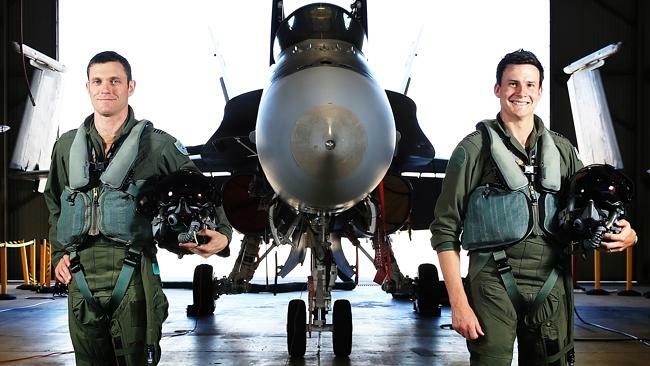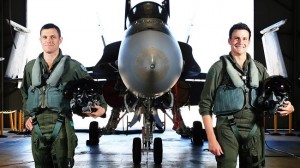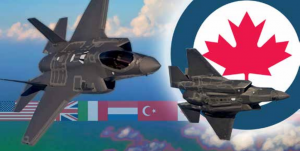03/26/2014: In the first two photos, Coast Guard Cutter Polar Star transits through the water accomplishing the Coast Guard missions summer of 2013.
The Polar Star is one of the largest ships within the Coast Guard measuring at 399 feet long.
Polar Star is specifically designed for open-water icebreaking with reinforced hull and a round hull to ride up on the ice.
The third photo shows the ship operating in Antarctica.
[slidepress gallery=’coast-guard-cutter-polar-star’]
Credit:USCG:1/7/14
According to a story in The Seattle Times published on 1/14/14:
She’s not the biggest ship around, but she’s the baddest of her kind, and now the Seattle-based Polar Star, the Coast Guard’s only active heavy-duty polar icebreaker, is heading to Antarctica to rescue two other icebreakers stuck in pack ice.
The Chinese icebreaker Xue Long, which helped evacuate 52 passengers from the trapped Russian ship Akademik Shokalskiy last week, is now feared to be blocked by ice, as well.
The Polar Star, a 399-foot powerhouse whose engines can deliver 75,000 horsepower, recently completed a $90 million, three-year overhaul, according to the Coast Guard. With its specially designed hull, it can continuously break 6 feet of ice while moving at three knots, and break through a two-story wall of ice by backing up and ramming.
The icebreaker left Sydney, Australia, Saturday morning Pacific Time and is expected to be at the scene of the icebound ships — about 1,500 miles south of Hobart, Tasmania — about Jan. 12, said Chief Warrant Officer Allyson Conroy, of the U.S. Coast Guard.
The Polar Star, which finished its tests in Arctic ice in July, has been traveling toward Antarctica since early last month en route to its regular job — resupplying and refueling research stations there managed by the National Science Foundation.
On Friday, the Australian Maritime Safety Authority, which is coordinating rescue operations, asked the U.S. Coast Guard for assistance after the Xue Long got stuck; the Russian and Chinese governments have also requested U.S. assistance, Conroy said.
“Our highest priority is safety of life at sea, which is why we are assisting in breaking a navigational path for both of these vessels,” said Vice Adm. Paul F. Zukunft, Coast Guard Pacific Area Commander, in a statement. “We are always ready and duty bound to render assistance in one of the most remote and harsh environments on the face of the globe.”
Retired Coast Guard Rear Adm. Jeffrey Garrett, former commander of Polar Sea, Polar Star’s sister ship, and former district commander in Seattle, said the Polar Star is a much stronger icebreaker than either of the two stuck ships.
Its 75,000 horsepower far outguns the Russian ship, with about 3,000 horsepower, or the Chinese icebreaker, which, although larger, has less than 18,000 horsepower, he said.
Polar Star is also more maneuverable than the single-propeller Chinese ship, he said, with three shafts and three propellers, and with both diesel and “high-end, heavy-duty” gas turbine engines.
The ship’s hull is specially designed for icebreaking, both in terms of its shape, special steel cladding, and the ship’s frame underneath, Garrett said.
“More power, better maneuverability — the chances of the Star getting stuck are much smaller,” said Garrett, who most recently has served as an ice pilot on Antarctic cruises.
Senators from Washington and Alaska are seeking to construct as many as four new heavy-duty icebreakers, a project with a price tag of $850 million or more per vessel. Polar Star and Polar Sea were built in the 1970s by Lockheed Shipbuilding in Seattle.
http://seattletimes.com/html/localnews/2022599975_polarstarrescuexml.html





